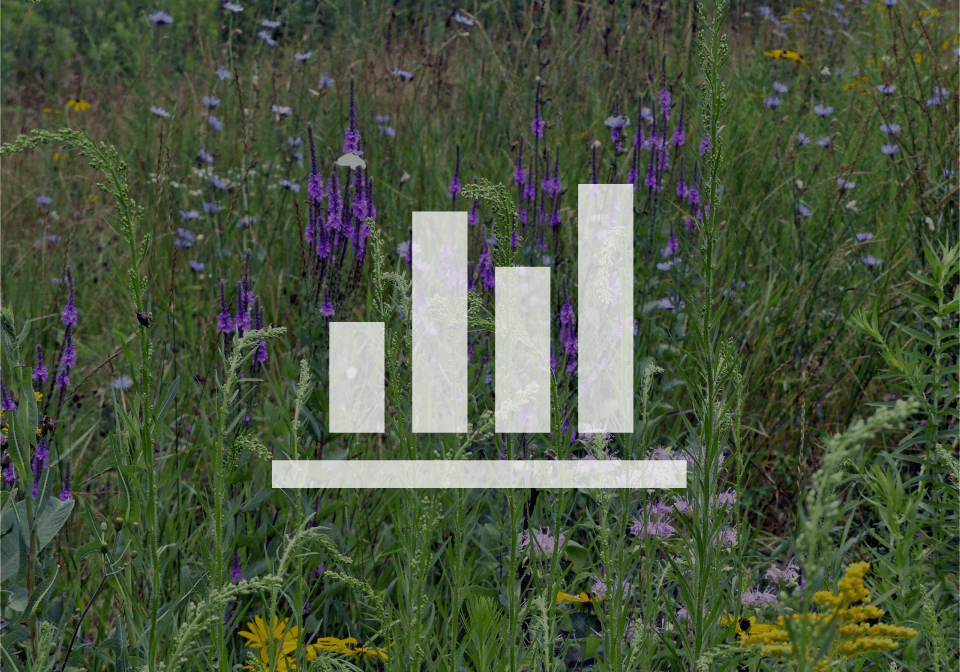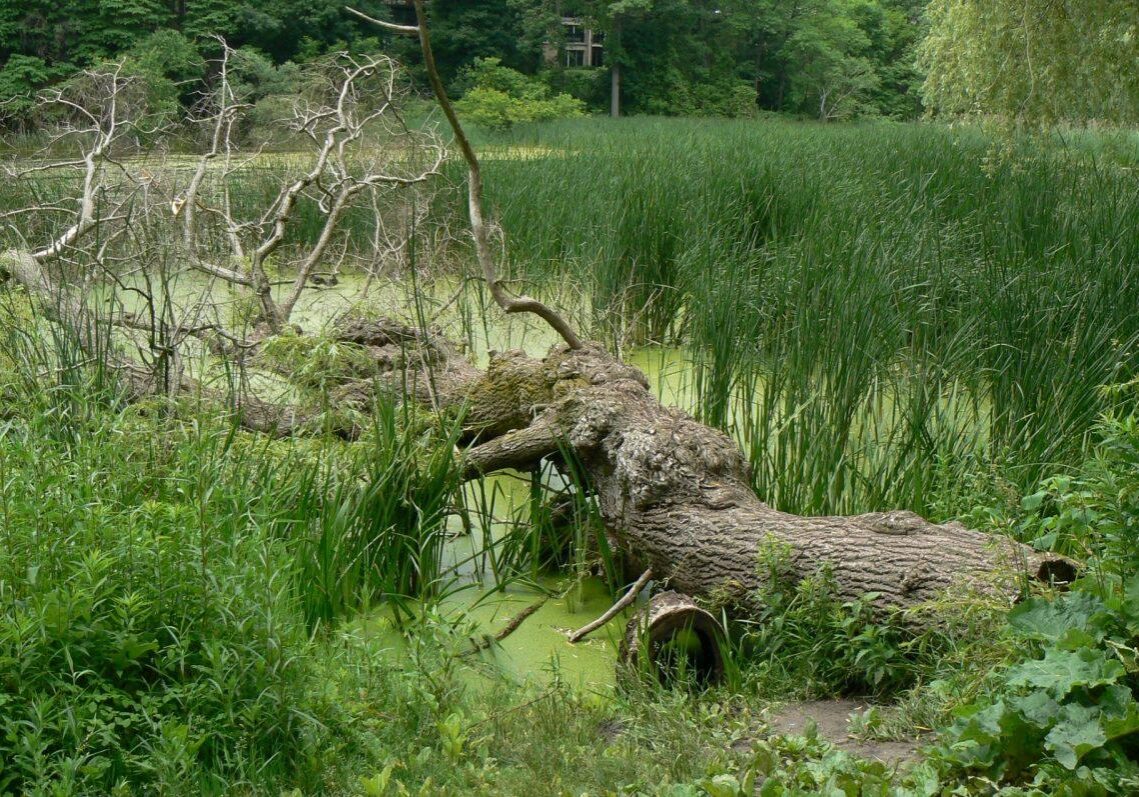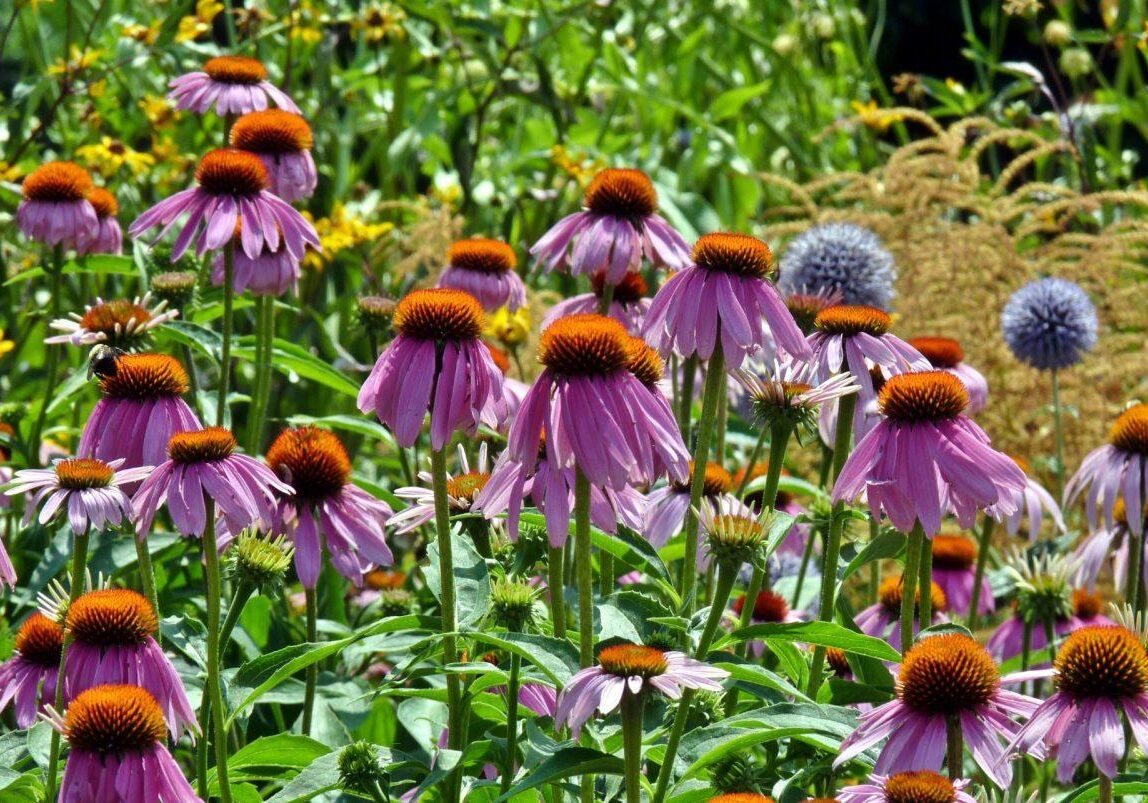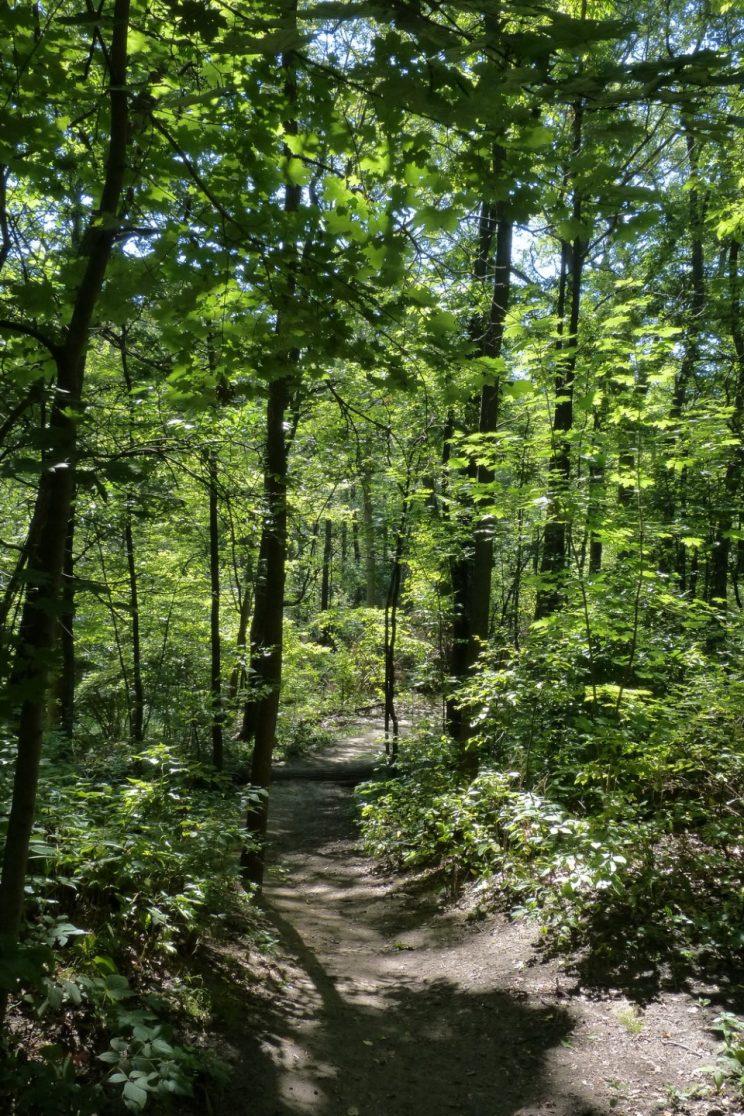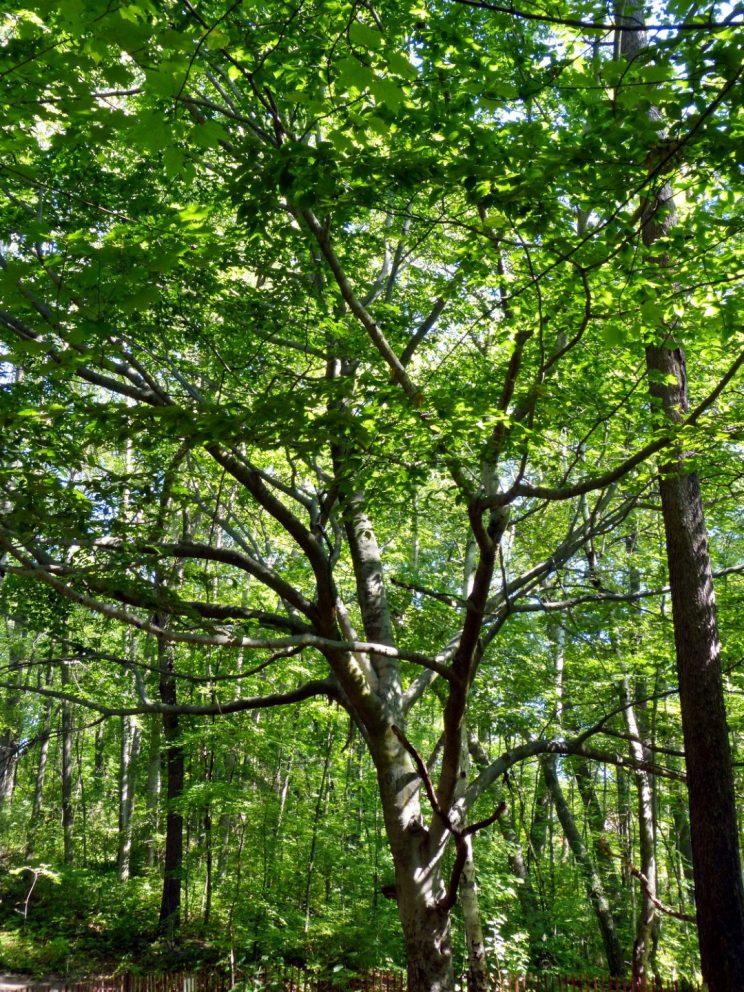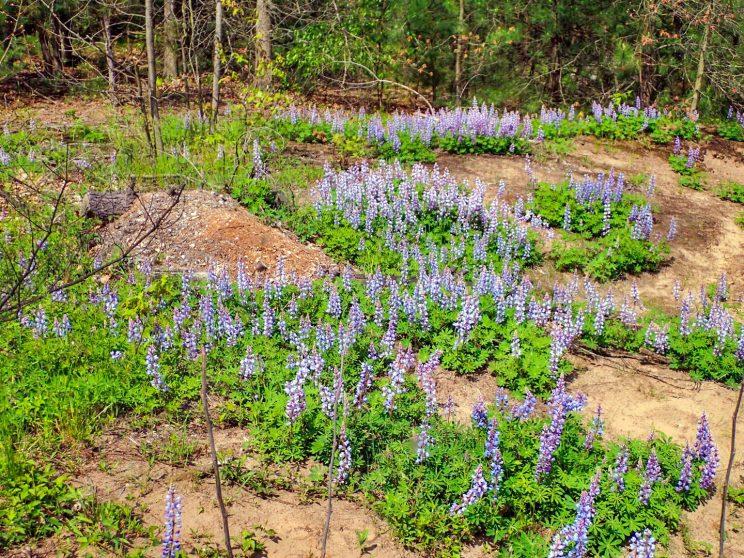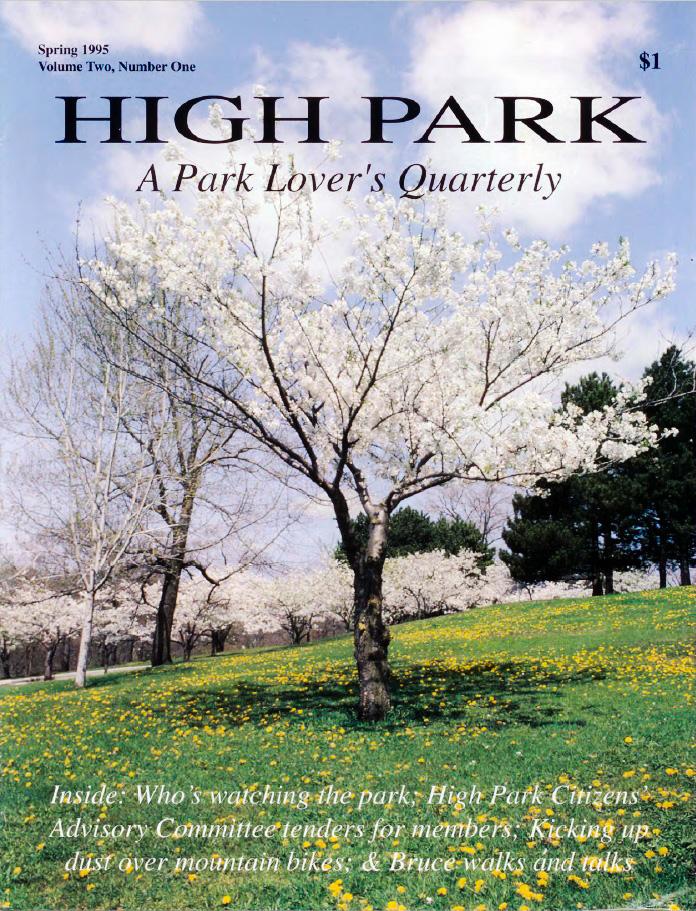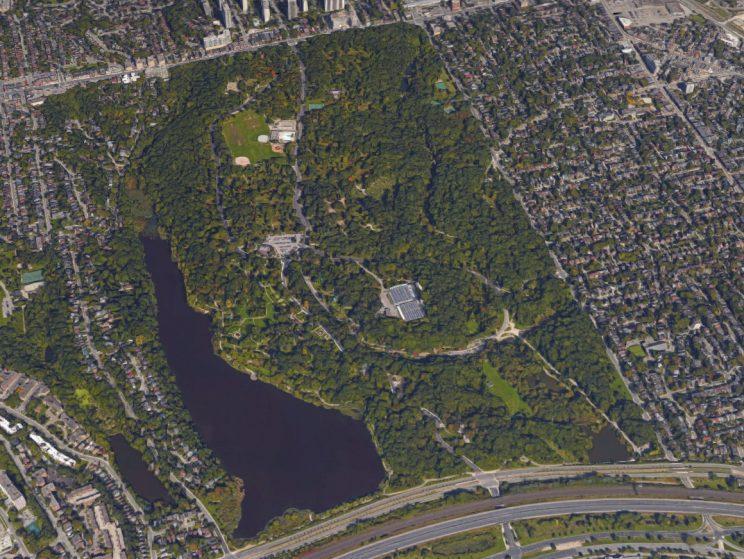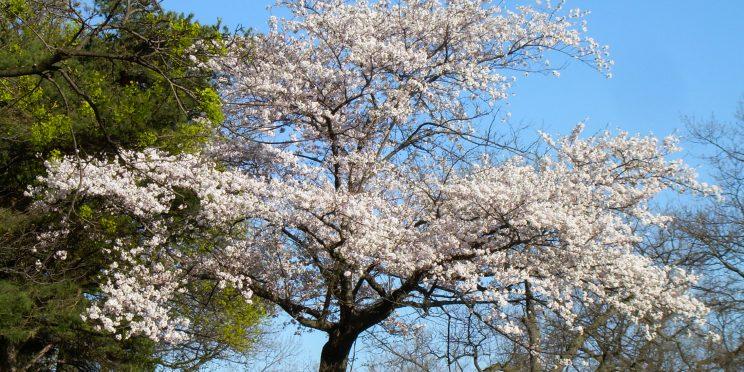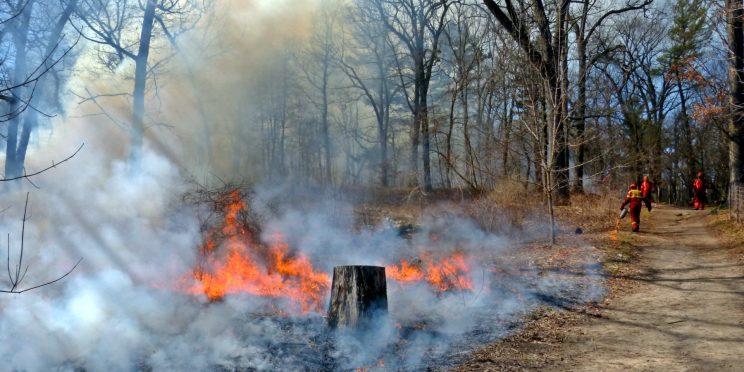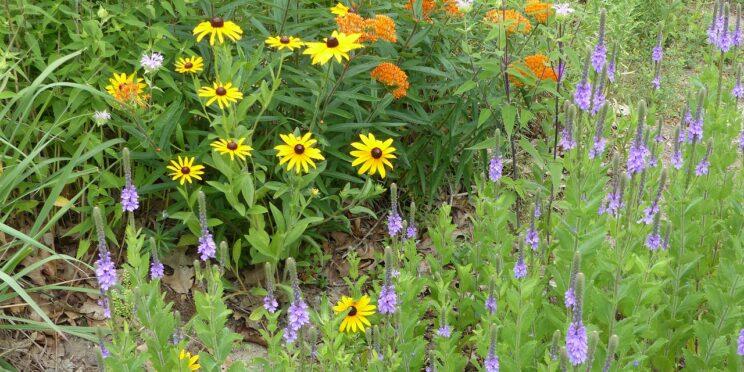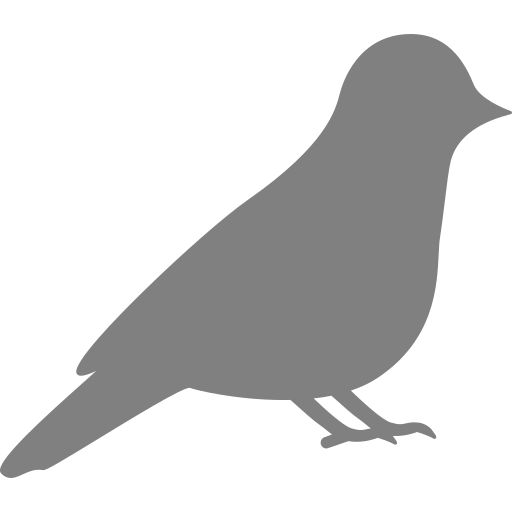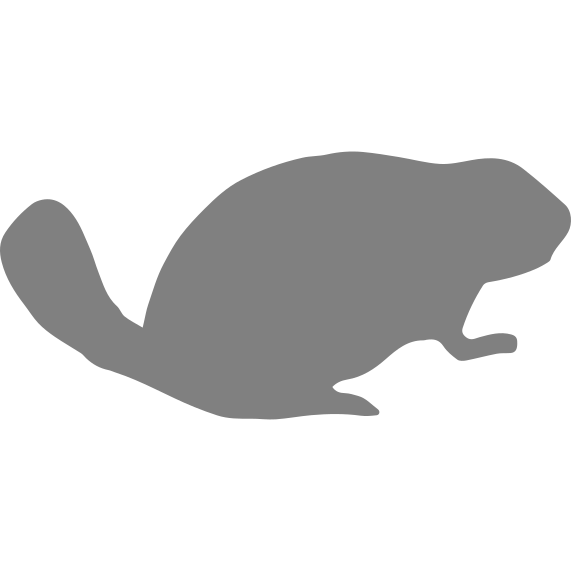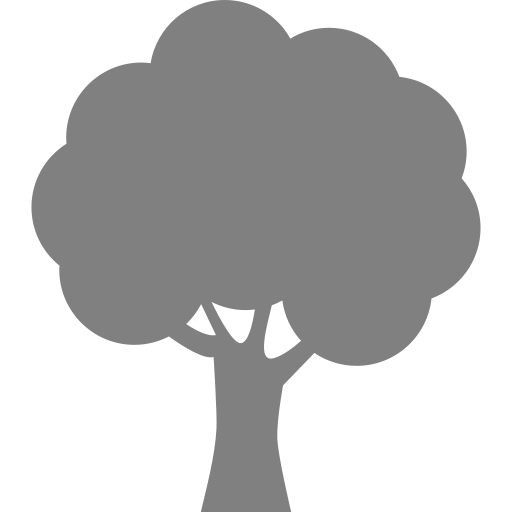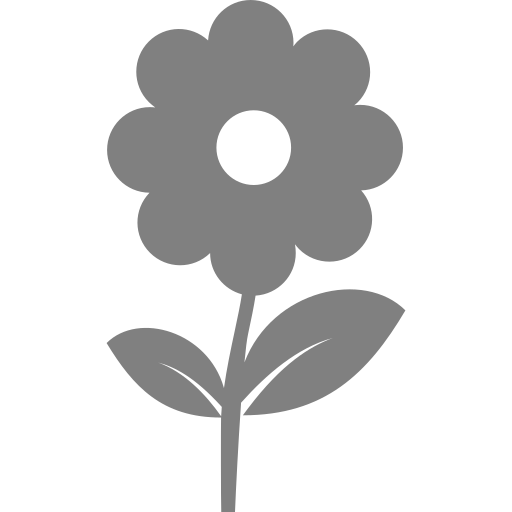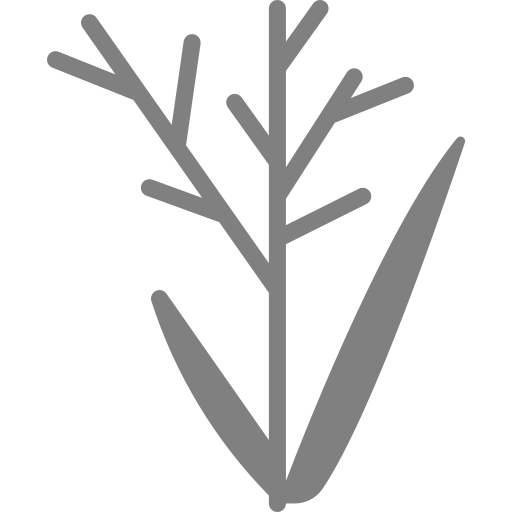Welcome to High Park, one of Toronto's most significant natural sites!
High Park is home to one of North America's most endangered habitats – Black Oak Savannah. It is a remnant of the sand prairie systems that once covered much of southern Ontario. Majestic black oaks tower over tallgrass prairie plants like big bluestem grass, butterfly milkweed and wild lupine.

High Park is a perfect place to explore nature right in the city! It's remarkable how many different species of birds, mammals, insects and plants you can discover. Take a walk along the park's nature trails or visit its ponds and creeks, and watch quietly for wildlife.
The park's natural features are both precious and vulnerable. Please treat them with respect. Let's all do our part to help High Park's plants and wildlife continue to flourish, so future generations of visitors will be able to enjoy the wonderful legacy John and Jemima Howard have passed along to our care.
Explore Records from the Past

High Park Quarterly Magazine
For five years, from Spring 1994 to Winter 1998, the High Park Quarterly was published by local resident Gigi Suhanic.
Postcards of High Park
Since the early 1900s High Park has been a popular subject for photographic postcards. The postcards on this site are from the collection of Sharon Lovett.


Quotes about High Park
Fascinating collection of quotations about High Park's early years, shared by Joanne Doucette, local historian and naturalist.
History of High Park
In 1873 the Howards deeded their property (165 acres purchased in 1836) to the city under the condition that it must be left in its natural state as far as possible, must remain free in perpetuity to Toronto citizens and must always be called High Park. With additional property added it is now 161 ha (399 acres). Recreation facilities were added in the 1960s, accelerating the decline of the natural preserve envisioned by the Howards.

Spring Breezes, High Park. J.E.H. MacDonald 1912
High Park's Ecology and
Black Oak Savannah Restoration
In 1976 after noticing the decline of the natural areas and the lack of regeneration of Black Oak trees in this significantly rare habitat, the Ministry of Natural Resources began doing botanical inventories and prepared a restoration plan. In addition to plants that were not threatened they found 99 significant plant species with 86 locally, 9 regionally and 44 provincially rare species. It is a nationally rare vegetation community and a host to many species of wildlife.
In 1989, the Province of Ontario declared 73 ha (130 acres) of High Park as an ANSI (Area of Natural and Scientific Interest). In the early 1990s native plant propagation began in the High Park Greenhouses.
In 2015 the Toronto Official Plan was amended to protect even more of High Park (a total of 83.25 ha – just over half of the entire park) as an Environmentally Sensitive Area (ESA).
The Oak Savannah consists of open parkland containing scattered trees and shrubs surrounded by grasses and wildflowers adapted to the sandy soil and hot and dry conditions. Less than 1% of tallgrass ecosystems remain in North America.
The "Jewel Brochure"
High Park: Restoring a Jewel of Toronto's Park System
"High Park is undeniably one of the jewels of Toronto’s park system." An introduction to the natural features and restoration programs of High Park.
High Park Stewards Guidebook: Rare Plants of the Endangered High Park Black Oak Savannah
A plant and habitat guide, history of High Park, account of volunteering experiences and catalog of stewardship resources all in one entertaining pocket-sized book.

High Park Ecological Tour
Featured external resource from Ryerson University
This guided tour of the Black Oak Savana and High Park ecosystem for Ecology and Sustainable Landscapes (CKLA 400), an online course offered at Ryerson University. The tour is led by Sam Benvie, an instructor with The Chang School.
Sources and references:

